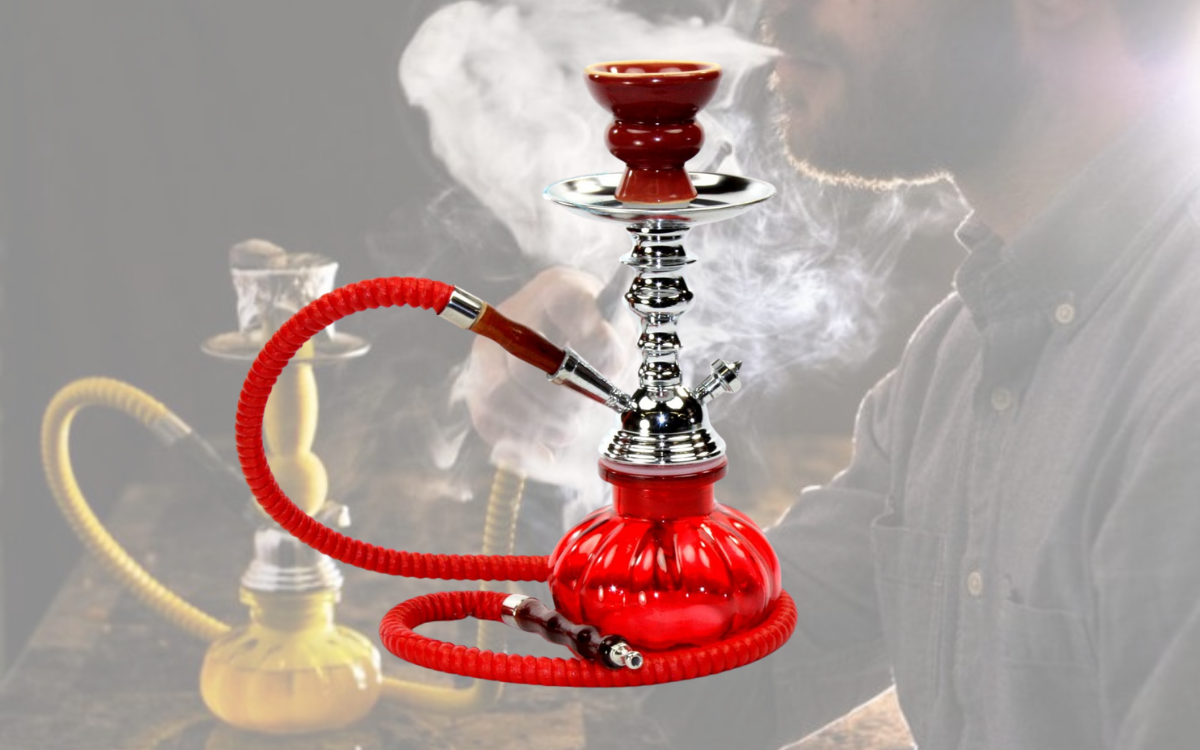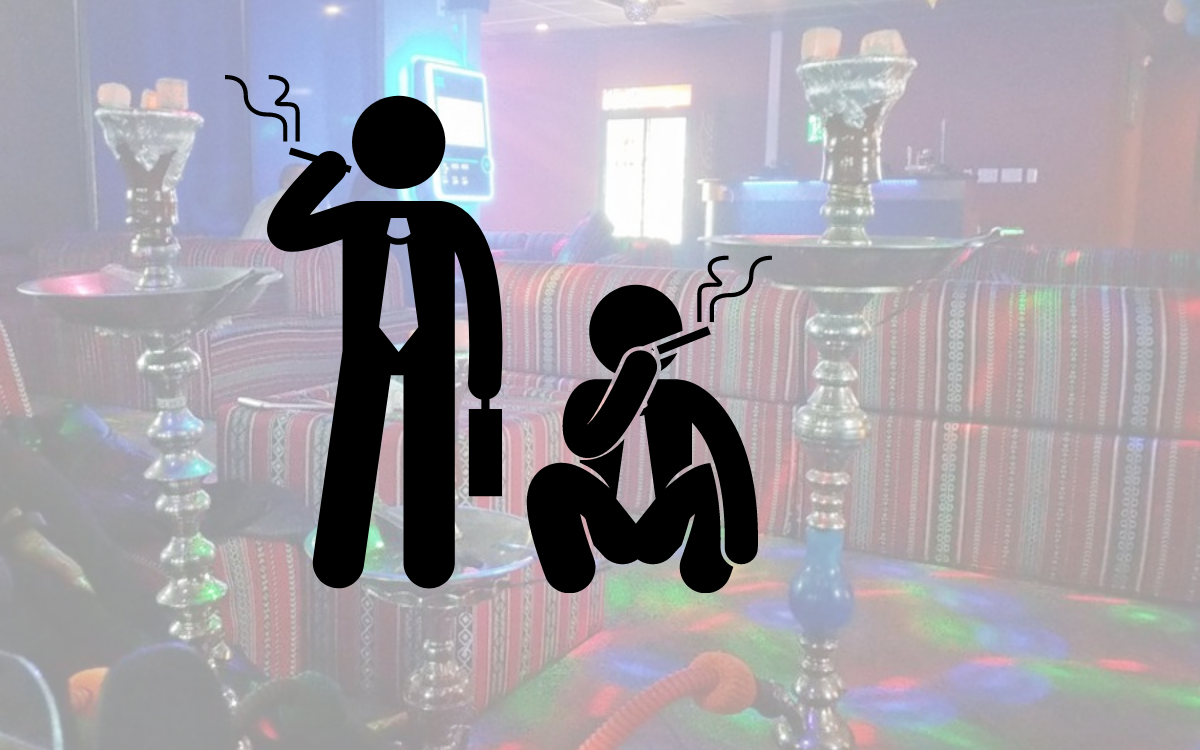What Is a Hookah?
What is a Hookah?
Originating from the Middle East, hookahs were traditionally used during various ceremonies and can be traced back to medieval India. The name implies a double-hosed apparatus whereas a single-hosed device is often referred to as a shisha. The hookah utilizes the cooling and filtration effects of water, with the common bubbling sound often reminiscent of bongs. While shisha is also the name given to what is commonly smoked within a hookah (flavored tobacco), the popularity of these units in the west has never been so high. Many clubs and lounges are dedicated to the use of a hookah, where groups of friends often come to sit around and socialize, much like a bar minus the alcohol. Here we will be looking at how a hookah works and the parts that make up a traditional hookah.


Parts of a Hookah
The history of hookahs goes way back, and while hookahs look rather complex, their mechanism is actually quite simple. Despite their elaborate designs, hookahs have a straightforward way of utilizing their components. We will start from the top and work our way towards the rest of the design.
The Bowl
The topmost part of the hookah, the bowl is a removable part that is often made of clay, ceramic, or metal. Unusually large in size compared to other smoking pipes and bowls, this is usually covered with perforated foil to accommodate the use of heated coals on the top. This in turn slowly cooks the shisha, allowing for very long smoke sessions. The Plate – Right below the bowl is a tray that is used to catch any falling ash. Traditionally, this tray is made to hold used coals, however. The versatility of this tray makes it ideal for holding other items that are not prone to heat damage from the bowl, such as other fresh replacement coals.
The Main Body
The middlemost part of the hookah houses a dual or single-valve outlet that is used for the hose. A gasket is used on the bottom of the bottom to seal the hookah and make it airtight during draws. This part connects with the water chamber connected underneath. The opposing valve usually comes with a screw-top to seal off the hole in case of there being just one user. The Hose – A long and slender tube that is semi-flexible, this hose is usually fixed with a hand-length wooden handle. The mouthpiece is connected to the handle and is usually made of metal. The long flexibility of the hose allows it to be passed around, thus making it convenient for group settings.
The Water Chamber
Just like the typical water bong, the bottom-most portion of the hookah is a large water chamber. This is quite the contrast from a traditional bowl-shaped bong chamber. The longer design allows for more smoke and greater filtration. Combined with the long design of the overall hookah and the long hose, the resulting smoke is usually quite cooler than any other smoke.
How a Hookah Works
Setting Up the Bowl
The first step would be to prepare the bowl with the shisha you intend to smoke. Once your bowl is filled, place aluminum foil over the top with holes. Cover the bowl completely making a seal. Place this on top of your hookah.
Lighting the Coals
Using a burner or coiled heating element on max, place your quick-light coals on top of the heating plate. Never use ceramic as the coals can crack them! Let them heat up for 5 minutes on one side, then flip them over. Once they are ready, place them on top of the bowl covering the holes using metal tongs.
Filling the Water Chamber
The next step is to make sure you have enough water in the chamber to accommodate the descending tube. Do not overfill the chamber however, as this can impede the filling capacity of the chamber and give off some pretty weak hits. Make sure the body fits flush with the chamber creating a tight seal.
Taking a Hit
With the hose connected, make sure the other valve is sealed off if you intend to smoke alone, otherwise, it is time to take a hit. While it is usual to take hits at the same time, experience shows that hits are not as full as you compete for air during the draw. While one places his/her thumb over the mouthpiece hole, take in a hit. This is a much better method for enjoying a hookah. Simply take turns!
Maintaining Your Hookah
Hookahs are big. Hookahs have a lot of parts too. It is highly advisable to clean your hookah after every use to ensure you get a clean experience every time. Failure to do so will allow buildup to form inside the chamber, around the seal, and inside the tubing. Long pipe cleaners and rubbing alcohol is the best way to go about cleaning the individual components of your hookah. While it may seem like a more tedious task than cleaning a regular bong, the end result is worth it. The last thing you want is to be ready for a session, hot coals in place, and you struggle to take a hit and the shisha tastes nasty because you do not clean out your hookah. Because of this factor, hookahs tend to be plentiful and affordable. No matter what you end up getting, make sure to treat your hookah nice, and it will reward you in return. Because hookahs tend to come in all sizes, it would be advisable to start with a smaller one to ease the cleaning process.